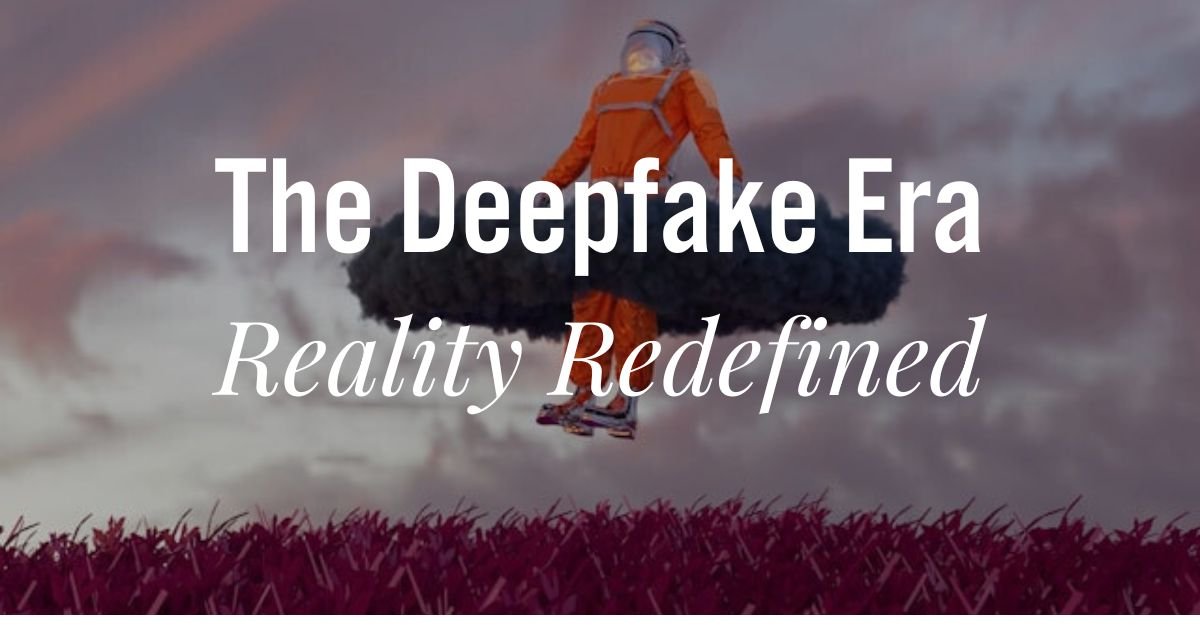
The Deepfake Technology Era: Reality Redefined
We're in the dawn of the deepfake era, and it's murky, at best. Deepfake technology leverages generative artificial intelligence to create images, audio, and videos of 'real people' saying and doing things that look genuine but are not. A politician can speak falsehoods, and celebrities and ordinary folk alike can appear to be in pornographic films. And we can barely tell the difference.

It’s Official: Google Prefers Human Writing to AI-generated Content
For writers, bloggers, copywriters or DIY web designers, Google's Q1 2024 updated policy says it will prioritise human content over non-human content. In a world governed by so much technology and automation, with no sense of irony, genuinely human creativity is recognised as relevant by Big Tech.

Heavy Screen Time and Phone Addiction Are a Fact of Life. Are We All Junkies?
Many of us have a niggling thought that we have genuine phone addiction. So, how did we get to a point where so many people are addicted to their phones and doped up on social media? Big Tech describing their customers as "users" was just the beginning.

How to Tell the Difference Between AI and Human Content
So, here we are: Artificially generated content is mainstream and we’re using it with gleeful abandon.
Artificial Intelligence has changed our lives because it's undeniably useful, and we’re lazy. But where are the lines between wisely making use of AI and using AI to present a fake version of ourselves?
Do you really need to be told how to use AI with integrity? Nah. You don't, but for argument's sake, read on to find why…and how

